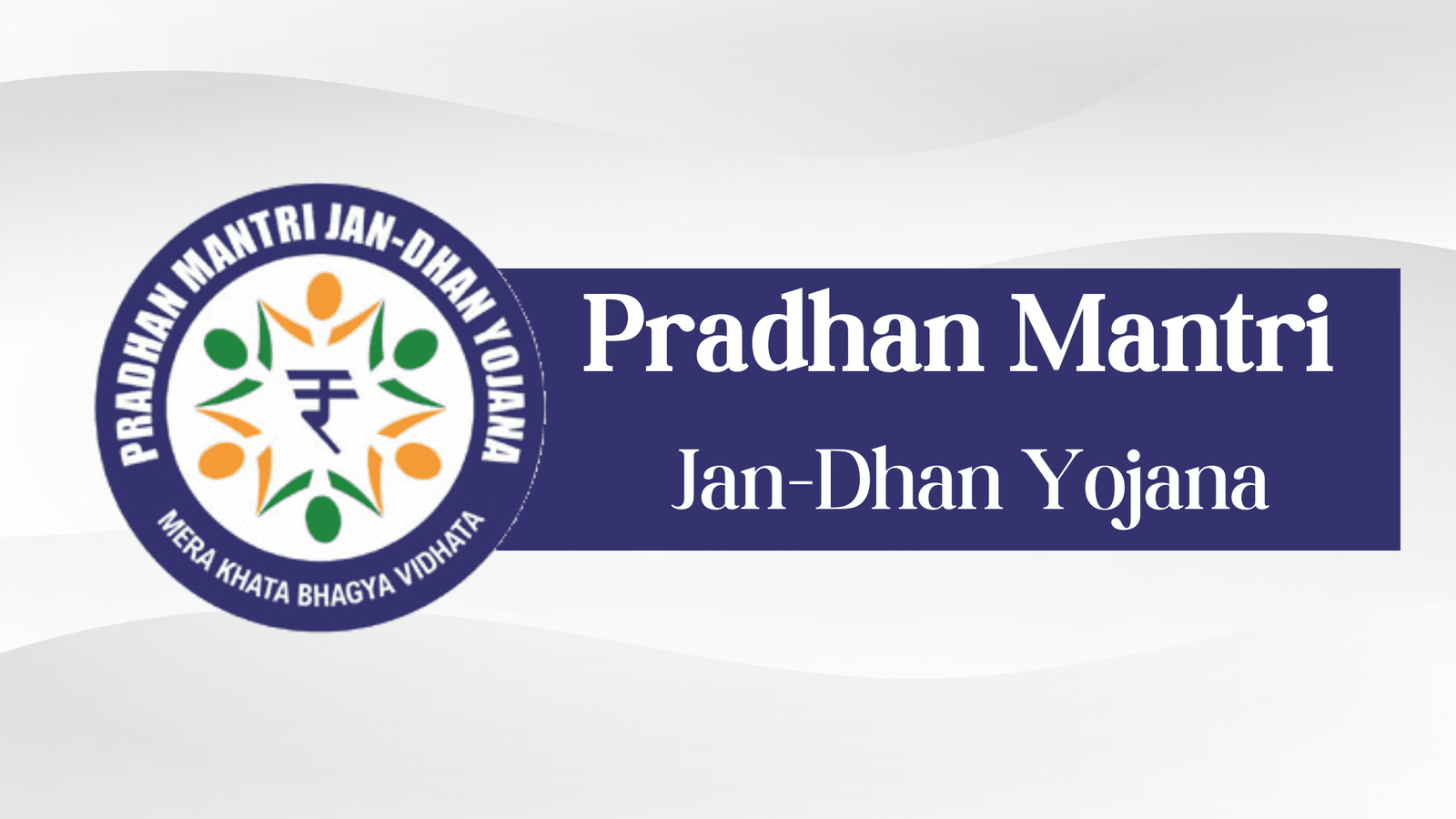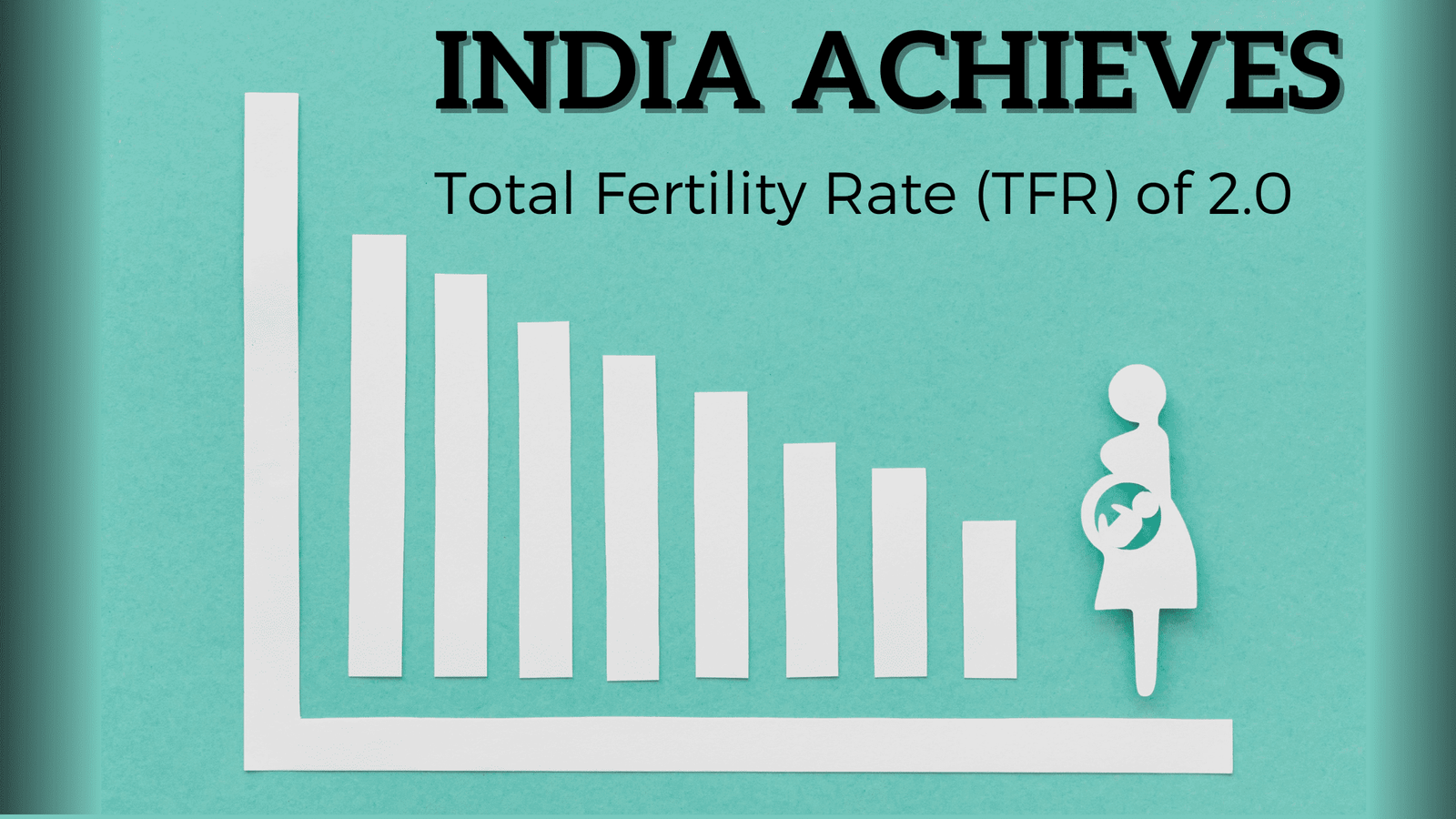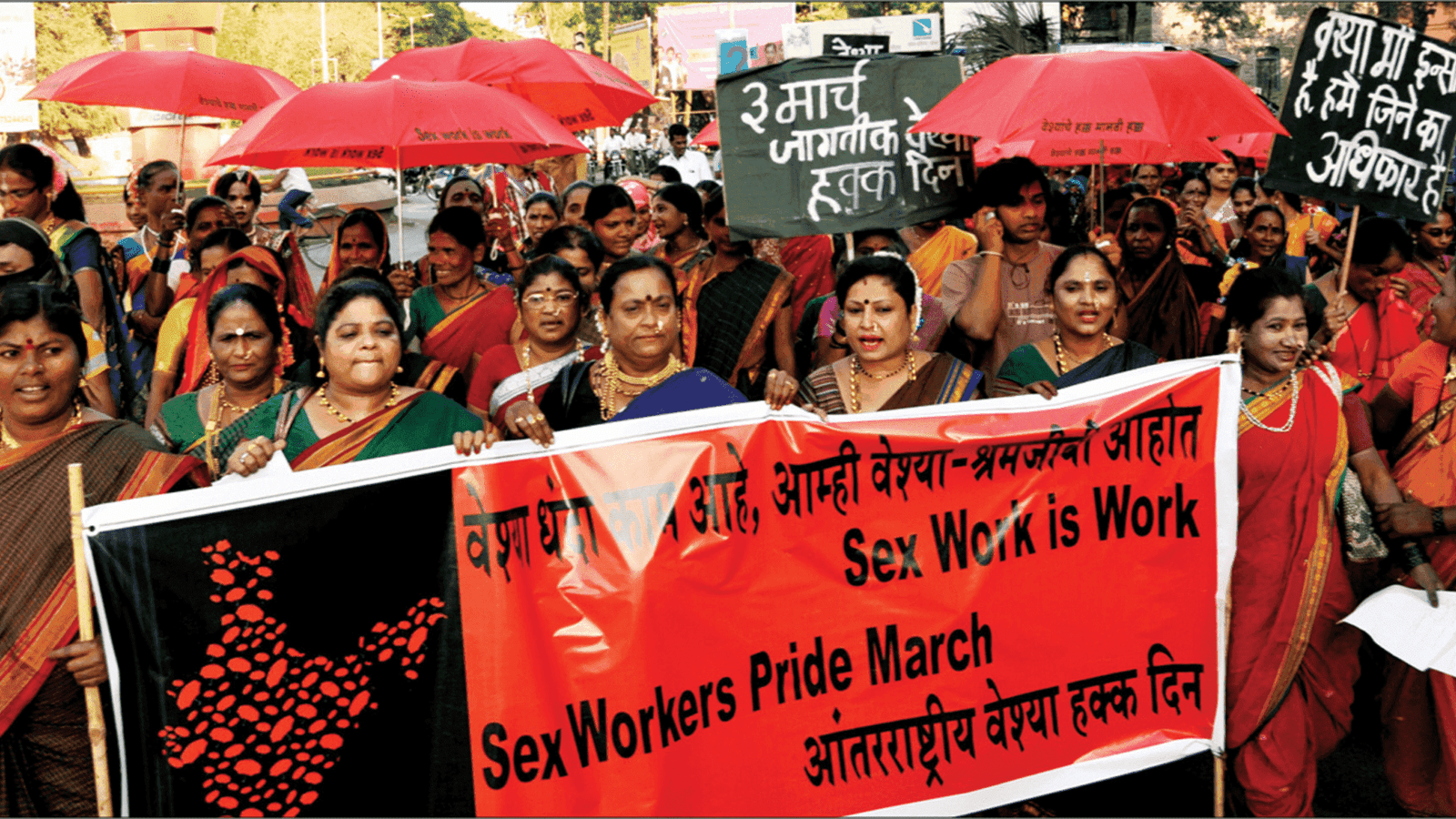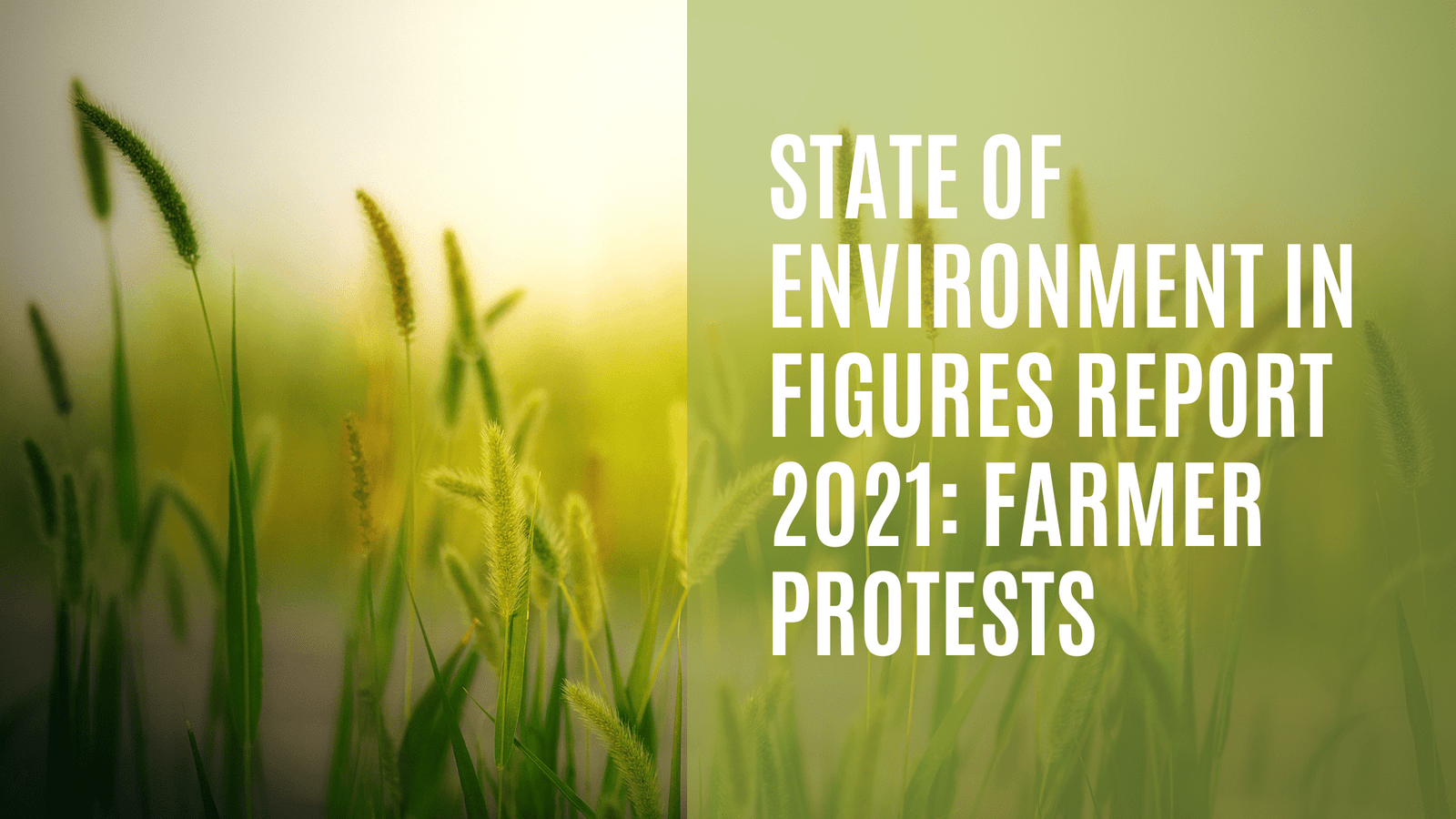
The News:
The India Employment Report 2024, published by the Institute for Human Development (IHD) in collaboration with the International Labour Organization (ILO), provides a comprehensive analysis of labour market trends, focusing particularly on youth employment, education, and skills.
Key Findings:
- The Labour force participation rate (LFPR) for individuals aged 15 and above increased to 55.2% in 2022 from 50.2% in 2019. This improvement was noted more significantly among women, particularly in rural areas, although much of this increase is attributed to unpaid family work.
- Female labour force participation has shown a significant increase, rising from 24.5% in 2019 to 37% in 2023. However, many women remain in less remunerative agricultural roles.
- Youth Unemployment: Youth (15-29 years) unemployment remains a critical issue, with a substantial proportion of educated youth being jobless. The proportion of unemployed graduates rose to 28% in 2022, and around 28% of youth are not in employment, education, or training (NEET), with females disproportionately affected.
- Gender Disparities: The LFPR among women was significantly lower than that of men, although it saw a greater increase. However, many women, especially in rural areas, are engaged in unpaid family work, which is considered the most vulnerable category of self-employment.
- Sectoral Employment Shifts: Despite improvements, a significant portion of the workforce remains in agriculture, a low-productivity sector. The report underscores the need for growth in the services and manufacturing sectors to provide better-quality employment.
- Urban-Rural Disparities: The report identifies higher unemployment rates in urban areas compared to rural ones, with urban wages significantly higher for the self-employed, regular employees, and casual labourers.
- Post-COVID-19 Recovery: The employment landscape saw a recovery post-pandemic, with a decrease in unemployment rates from 6% in 2018 to 3.2% in 2023. Casual wages have increased, and there has been a notable shift from agricultural to non-farm employment.
Challenges:
- High Agricultural Employment: The shift towards agriculture during the pandemic highlights a regression in employment quality, with a significant number of workers still in low-productivity agricultural jobs.
- Skill and Job Mismatch: There is a surplus of unskilled and semi-skilled workers despite higher educational attainments, leading to high unemployment rates among educated youth.
- Youth Unemployment: A significant challenge remains with high unemployment rates among educated youth and a considerable portion of the youth not engaged in employment, education, or training.
Recommendations/Way Forward:
- Job Creation: Boosting production in labour-intensive sectors like manufacturing, services, and agriculture to create more jobs.
- Improving Job Quality: Enhancing the quality of employment, focusing on reducing the prevalence of low-paid, insecure jobs.
- Addressing Labor Market Inequalities: Increasing women's employment and developing effective strategies for NEET youth.
- Training and Skills Development: Improving training systems and labour market policies to better match job supply with demand, involving significant private sector participation.
- Accurate Labor Market Statistics: Developing robust statistics to monitor labour market changes due to technological advancements.









































































































